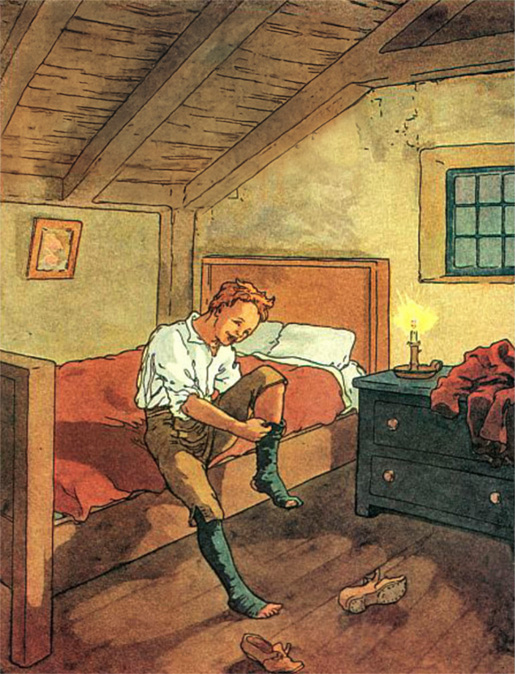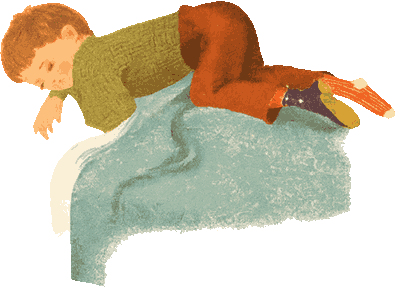Diddle, Diddle, Dumpling, My Son John
Diddle, diddle, dumpling, my son John,
Went to bed with his breeches on,
One stocking off, and one stocking on,
Diddle, diddle, dumpling, my son John.

Diddle, Diddle, Dumpling paints a quick, silly picture: a boy flops into bed with his breeches still on and his socks mismatched. Short, rhythmic, and goofy enough to stick in a child’s head — which is probably why it’s survived for so long.
Origins
The rhyme is old enough that no one really knows where it began. It first shows up in print in Tommy Thumb’s Pretty Song Book around 1744, but that just means it was already popular by then. Families were almost certainly chanting it at bedtime long before somebody decided to write it down.
“My son John” was an everyman figure in folk songs — the name people reached for when they wanted to sketch an ordinary boy. And those opening nonsense words, “diddle, diddle, dumpling,” are there purely for sound. They don’t explain anything, but they roll off the tongue, making the whole thing feel more like a game than a lecture.
Meaning
There isn’t a hidden moral here. It’s just comic nonsense — the joke of a boy tumbling into bed with his trousers still on and mismatched stockings. Parents probably enjoyed exaggerating the lines while putting their kids to bed, turning a dull routine into a playful moment.
Still, it does hint at something familiar: children often go to bed half-dressed or in a rush, and the rhyme makes light of that. “My son John” is every child who’s ever tried to dodge bedtime.
 Cultural Background
Cultural Background
By the Victorian period, illustrators loved showing John as a plump little boy sprawled across the bed, one sock on, one sock off, and breeches still in place. The humor wasn’t about grand adventures — it was about the small comedy of family life.
The rhyme also worked well as a game. Parents would sometimes turn the “stocking off, stocking on” lines into a tickle or a tug at a child’s feet, making the verse part of a bedtime ritual.
Legacy
“Diddle, Diddle, Dumpling” hasn’t faded, even if the word breeches has. It shows up in nearly every Mother Goose collection, and its rhythm makes it easy for children to learn and repeat.
The rhyme’s real strength is its simplicity: no kings, no battles, no morals, just the cozy silliness of a child caught going to bed the wrong way. That’s probably why it’s lasted so long — it’s quick, funny, and true to life.